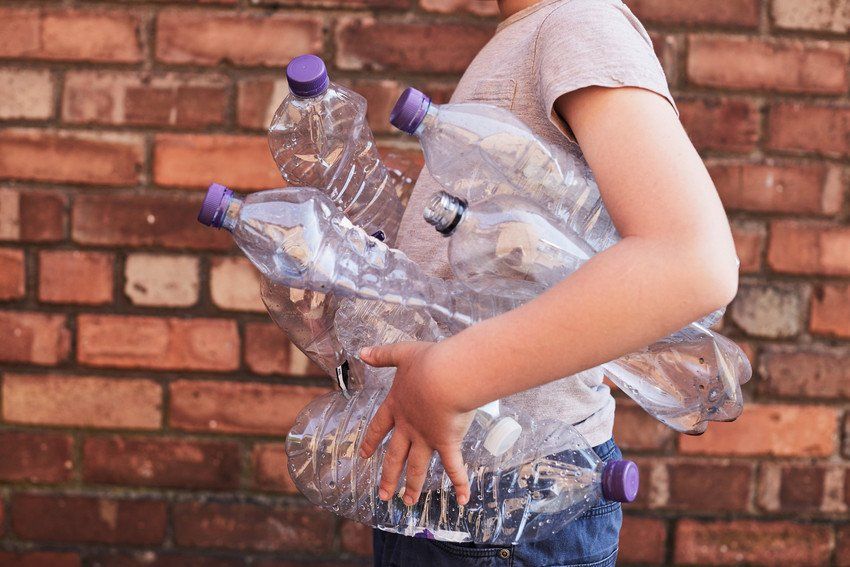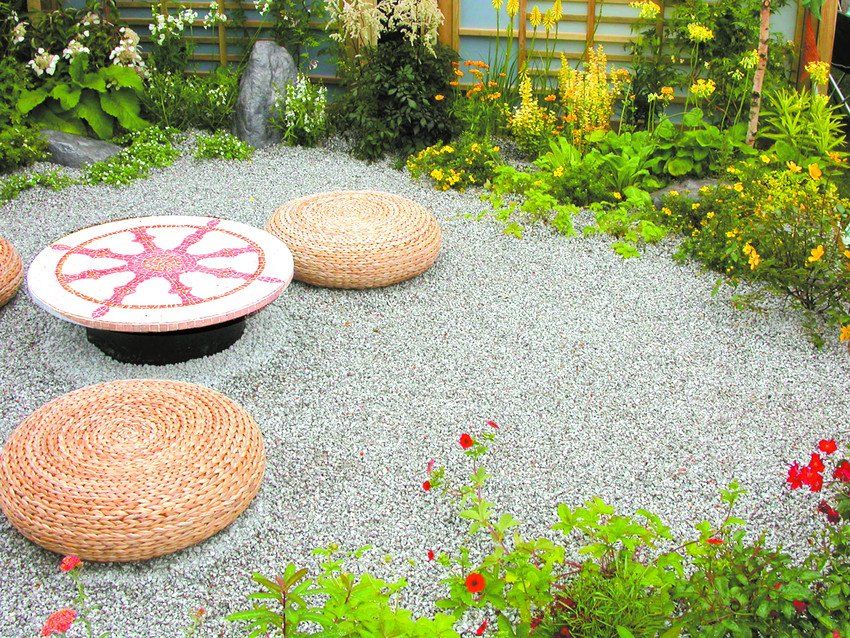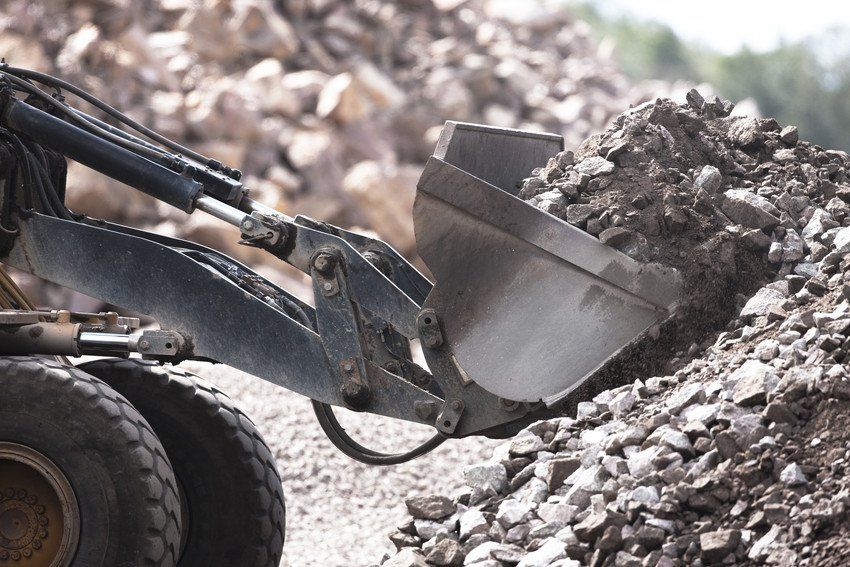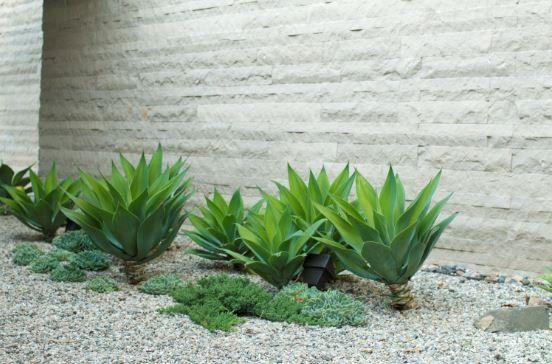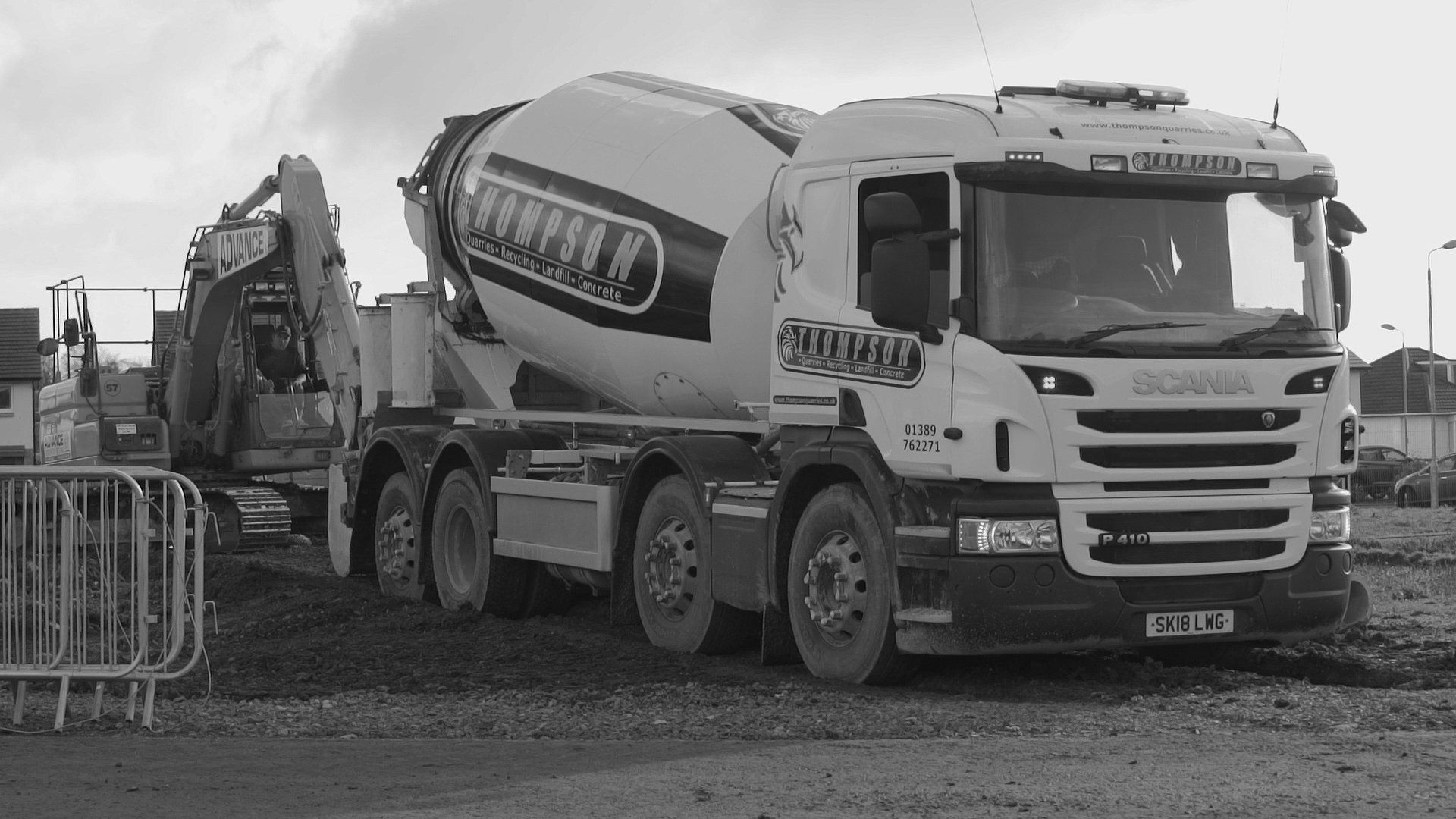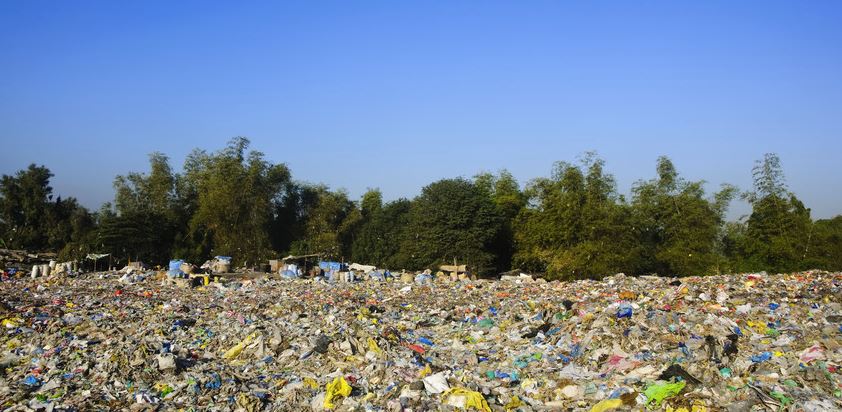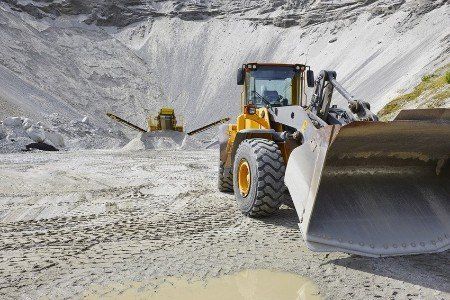A Guide to Commercial Waste Disposal Methods
- By William Thompson & Son
- •
- 09 Dec, 2019
- •
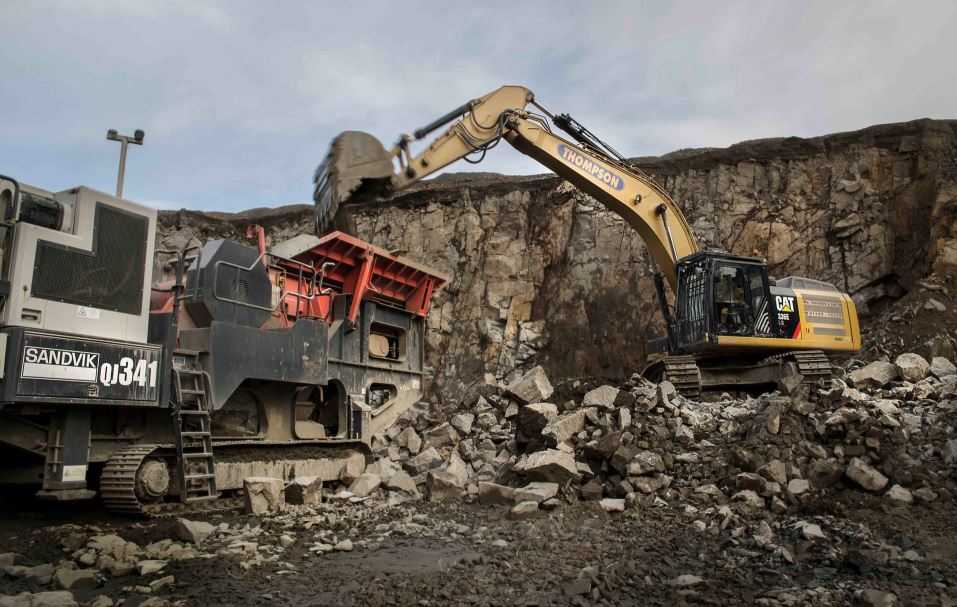
Commercial waste disposal is something every business has to deal with. The UK produces more than 27 million tonnes of waste every year and of this, a large amount is commercial waste, which must be disposed of correctly.
There are several different methods of disposing of commercial waste, which we will examine below. First, however, we should consider what commercial waste includes.
Commercial or business waste is any type of rubbish that is produced by a commercial activity. This may even include home rubbish if you work out of your home.
Commercial waste may include anything from construction or demolition, as well as industry rubbish, and anything from agriculture. However, if you are producing waste from a business, then it can be considered commercial.
Commercial Waste Disposal
Anyone moving waste must be registered as a waste carrier. This means that you cannot haul your own waste each week to the landfill, unless you have taken the time to register as a waste carrier. You may also need to apply for a special permit, depending on what you are carrying.
It’s important that any company you use for removing your rubbish is registered as a waste carrier. If not, they are working against the law.
Waste Storage by Companies and Waste Disposal Services
Ideally, you’ll have the proper containers to store any rubbish in. The containers used should be watertight with waterproof covers. This will prevent waste from leaking out or from water getting in from rain and becoming contaminated.
You should also have labels on your containers, to ensure that everyone knows which type of rubbish goes in each one. This is particularly important if you are doing any type of recycling or if you are handling hazardous waste.
Each type of waste should be kept separate to avoid contamination. If you plan to recycle, for example, the recyclable materials must not come into contact with any hazardous waste. It’s best to classify your waste to ensure it is disposed of correctly and to ensure that your waste company has the correct permits for transporting the waste.
As each load of waste is removed from your property, you’ll need to fill in a waste transfer note and save it for two years. In some cases, your local council or the Environment Agency may request your previous notes.
Types of waste include:
Construction and Demolition Waste
This includes anything that is a result of construction or demolition and may include insulation with asbestos, which is considered hazardous, regular insulation, concrete, bricks, tiles, glass, wood, plastic (not including packaging), tar, cables, soil, metal, gypsum, paint, and other similar items from a construction site.
Packaging Waste
Any business will have a number of packaging materials to get rid of, including cardboard, metal, glass, textiles, and plastic, as well as paper. Many of these items can be recycled, but if they have plastic on paper or cardboard, for example, they will need to be classified as waste.
Packaging waste may also register as hazardous, such as well it has held a hazardous substance. Paint tins, drums for chemicals, and bottles of chemicals may all fall under this.
Recyclables
You can recycle quite a few items and we’ll look at this a little later on. However, keep in mind that the recycling possibilities in your area will determine what type of waste is eligible for recycling. If it is, you’ll need to keep these materials separate from the rest of the materials in order to properly sort them for processing.
Electric and Electronics
Offices and businesses go through quite a bit of rubbish that relates to electronics. This needs to be separated from other types of waste, particularly when it relates to something hazardous. For example, batteries are often considered hazardous if they are mixed, or contain anything but alkaline or lithium.
In addition to batteries, lights and fixtures, screens, tablets, computers, printers, and appliances are all considered electrical waste. These often contain ozone-depleting substances or activated glass, which may cause issues if not disposed of properly.
Vehicles and Oils
Anything that comes out of your vehicles should be stored separately, including brake fluids, anti-freeze, and washer fluids. However, anything oily also needs to be stored separately, whether or not it comes from a vehicle. Even your waste cooking oil should be kept separate from the rest of the waste.
Anything from a vehicle will need to be processed, particularly if deemed hazardous. Even rags used to clean up oil or fluids from vehicles will need to be stored separately, as they pose a risk.
Medical Waste
Anywhere you deal with healthcare or clinical waste, you will need to dispose of it as such. This includes the basics, such as gowns and gloves used in the clinical process. Medicines will also need to be eliminated and many of these are considered hazardous, particularly if they get into the ground water or still water.
You will also be familiar with the fact that sharps are always considered hazardous, regardless of what type of contamination they’ve been exposed to. Any type of medical waste from surgeries, etc. will also need to be disposed of correctly. Even X-rays and items used to determine diagnosis should be eliminated properly.
Once you know what kind of waste you have and are able to get the codes for your notes, you have to determine how it will be disposed of.
Landfills: The Big Dump
A landfill is simply the burial of waste material. It’s not ideas, as it takes up large amounts of space and can cause pollution thanks to the methane gas produced as waste breaks down. In some cases, the waste material will never completely break downs, such as with plastic or glass, and the result is that the landfill continues to grow. If you google, “landfill near me” you’ll likely see more than one option, because they are limited in how much they can grow.
Incineration: Burning Up the Waste
You may also hear incineration referred to as thermal treatment. It is used to eliminate solid waste through the use of extremely high temperatures. It is frequently used to reduce the amount of rubbish by up to 30%, so it will take up less space in a landfill. Incineration works well for some hazardous materials, as it eliminates the threat of biohazards, but it can actually enhance the danger for others, such as chemical infused plastics.
Waste Recycling: An Eco-friendly Addition
Recycling and reusing waste turns old, unwanted items into something new. This is better for the environment, as it reduces the amount of pollution in the landfill and reduces the need for new materials. It also requires less energy to turn something recycled into a new object than it does to use all new resources. A good example of this is paper. It can be recycled, avoiding the need to cut down more trees or use more machines with their exhaust and fuel requirements. Instead, the same paper is reprocessed and used again, making it far more eco-friendly.
Waste to Energy: Putting Rubbish to Better Use
Another option is to turn existing rubbish into a heat or electricity producer. This is best for non-recyclables. Using rubbish to produce energy is a good way to put it to one last good use and it’s renewable. This also reduces carbon emissions.
How to Reduce Your Rubbish
What should you consider doing if you want to reduce the amount of rubbish your company is producing? If you are aiming to lower carbon emissions and reduce the amount of items you sent to the landfill, there are a few things you can do. These include:
Composting: Any food waste from your business can be turned into useful, rich soil through composting.
Repairing: When something breaks, evaluate if you can fix it instead of buying new.
Buy Used: Another great way to save both landfills and your budget is to shop used. This is easily your best choice when looking for office furniture or even appliances for your building.
Reuse: Train your employees to reuse items where possible. For example, if something is printed out on paper and then no longer used, instead of tossing the paper, you can use it for notes. This may seem like a trivial thing, but over time, it adds up.
Use Eco-friendly: Instead of disposable cups in the break room, buy ceramic or glass. Cloth napkins are another simple way to be more eco-friendly and to reduce waste.
Get your employees involved in coming up with ways to reduce waste and they’ll be more likely to participate. You may be surprised at how much waste you can eliminate simply by changing a few key things around the office.
Are you looking for a waste removal service? William Thompson and Sons is a great option. Contact us today to learn how we can help you.

